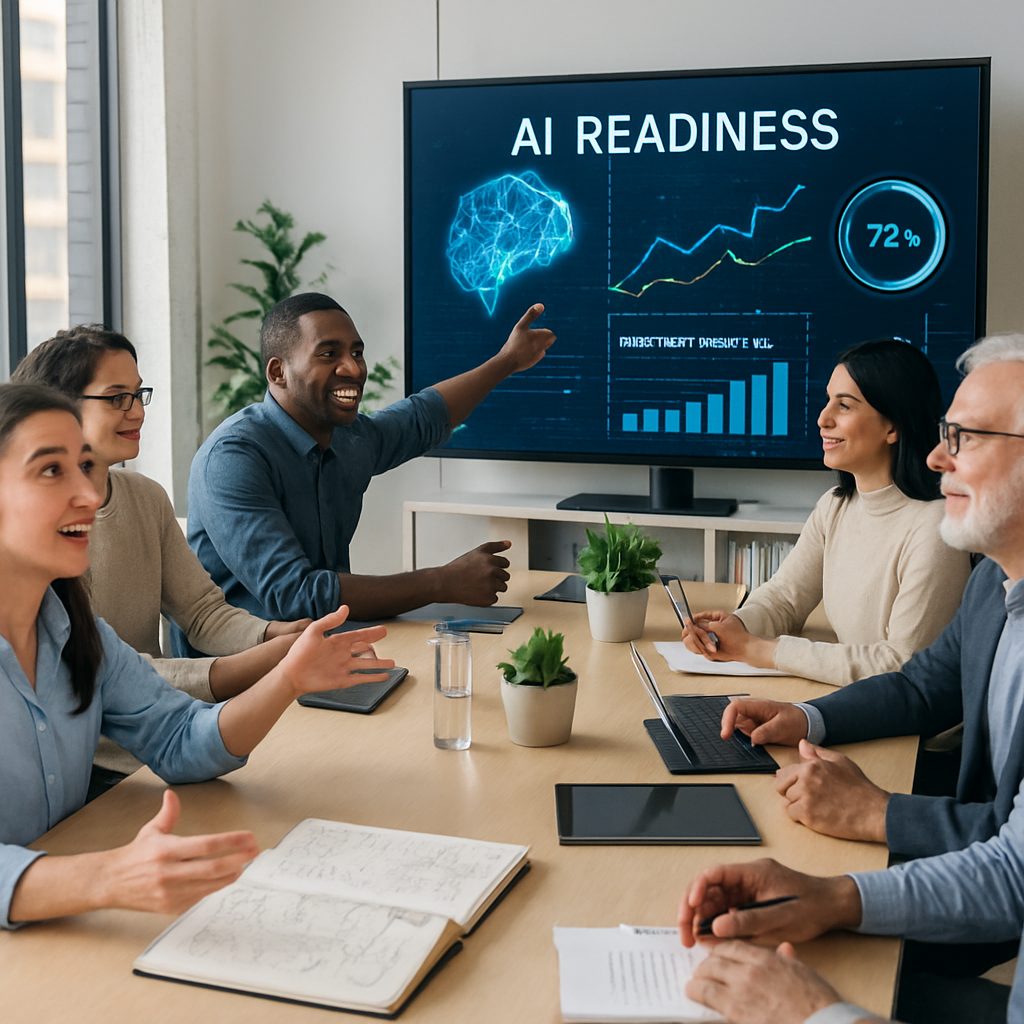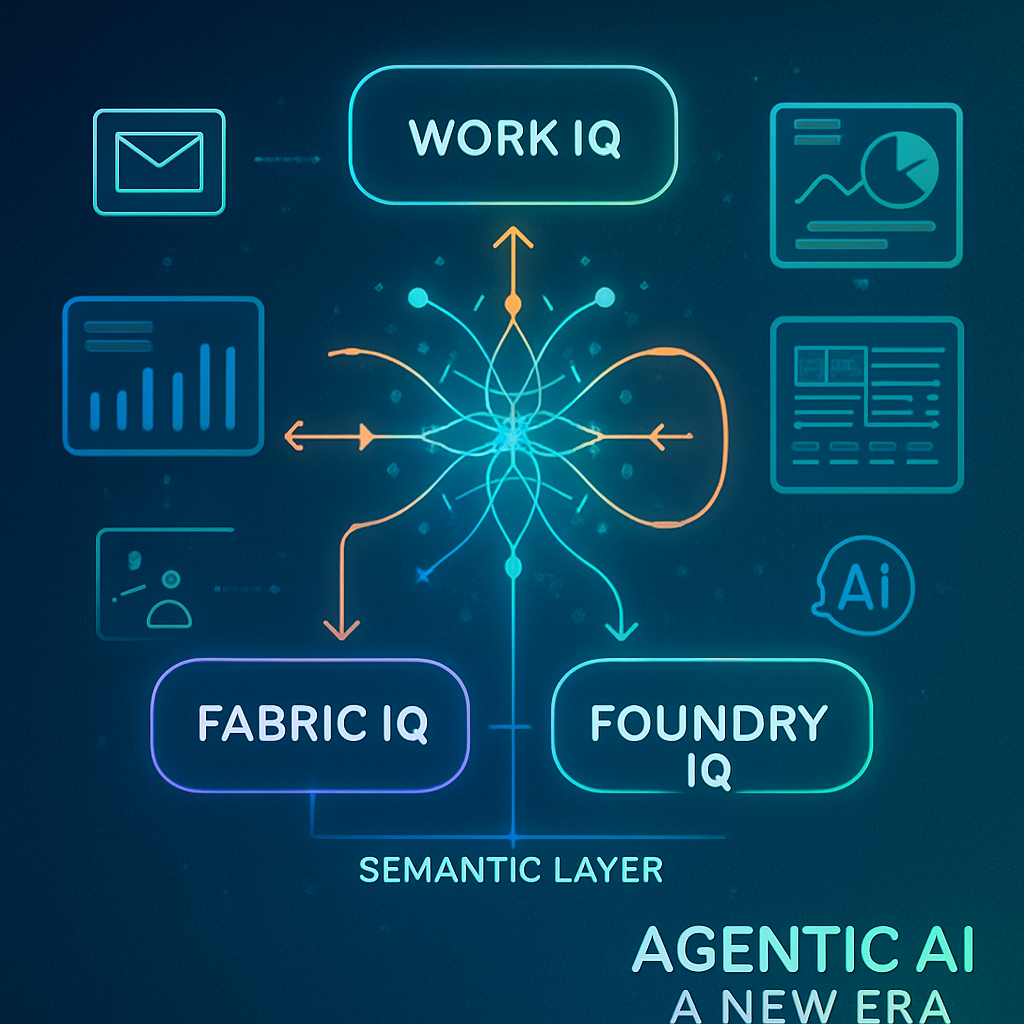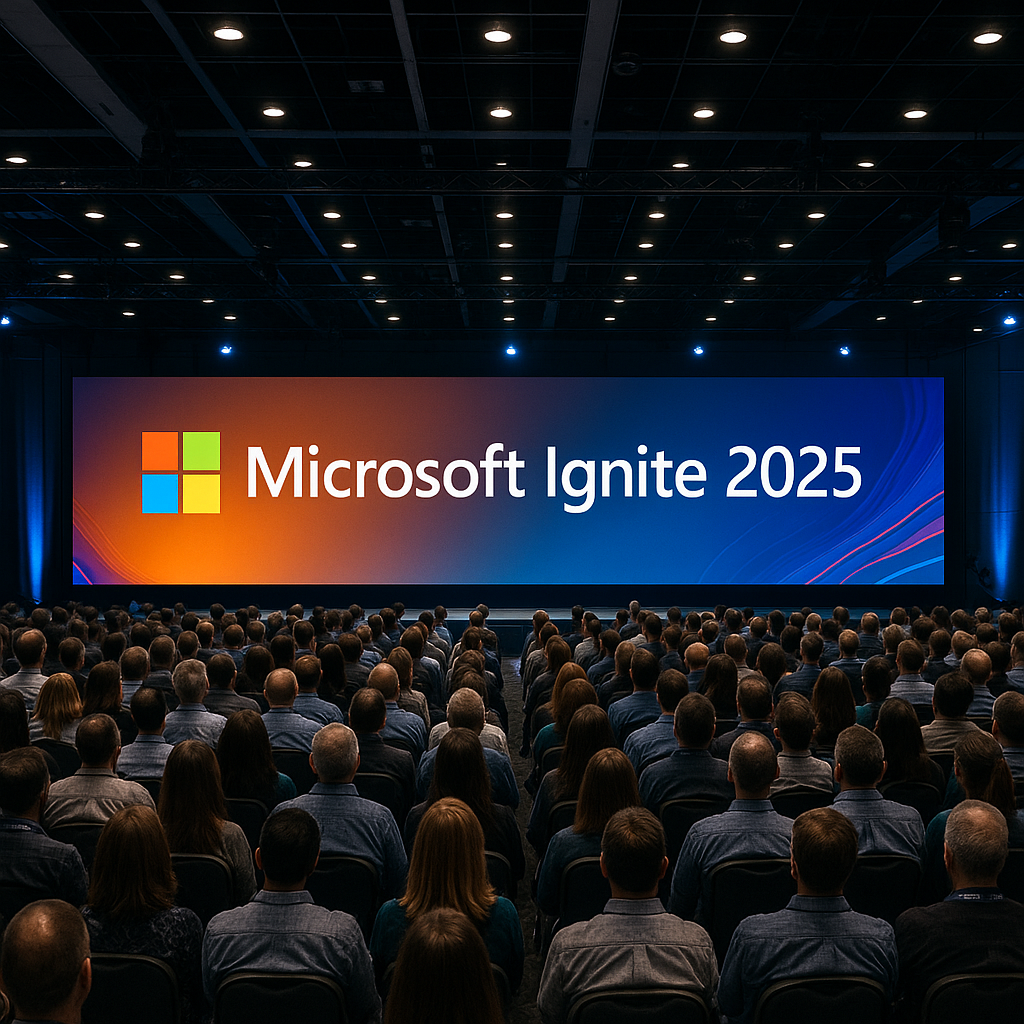From Potential to Production: A Strategic Guide to Building Enterprise-Ready Agents on Azure
As enterprises increasingly embrace AI to automate workflows and streamline operations, the concept of intelligent agents has emerged as a cornerstone of modern digital transformation. This shift, however, presents a critical strategic choice: where to build. The Azure platform offers a compelling answer, not just through innovative tools like the Microsoft Agent Framework and Azure AI Foundry, but through its fundamentally integrated ecosystem.
The strategic advantage of Azure lies in its cohesive fabric. It provides access to a powerful spectrum of models, from cutting-edge Large Language Models (LLMs) to efficient Small Language Models (SLMs) like the Phi-4 family, allowing for right-sized solutions. More importantly, it natively embeds security and governance. Agents built on Azure can leverage Microsoft Entra for a unified identity, inheriting permissions and ensuring they operate within established corporate boundaries. This is seamlessly coupled with Microsoft Purview, which provides integrated data security and governance, ensuring that as agents access and process information, they adhere to compliance and confidentiality policies from the ground up.
What Defines an Enterprise-Ready Agent?
Before deploying these agents, it's crucial to understand what separates a simple chatbot from a true enterprise-grade system. A well-designed agent is a goal-oriented, autonomous system capable of reasoning, acting, and adapting. This begins with intentionality; agents must be able to plan and execute multi-step tasks to achieve specific outcomes, not just respond to queries. This capability is powered by the agent's ability to use tools -- accessing external APIs, databases, or services. With Azure AI Foundry’s service providing over 1,400 prebuilt connectors, an agent can interface with everything from SAP to ServiceNow, turning decisions into tangible business outcomes.
To be effective, these agents must also maintain state and context across interactions, using this "memory" to handle complex, multi-turn conversations. Furthermore, no agent operates in isolation. Enterprise-ready agents collaborate through multi-agent orchestration, as supported by frameworks like Semantic Kernel, to delegate tasks or coordinate complex workflows. Above all, they must be trustworthy. This means operating within defined security boundaries, maintaining audit trails, and being capable of self-reflection -- evaluating their own outputs, detecting errors, and refining their approach to improve over time.
The Pillars of AI Adoption: A Readiness Framework for Agents
Building agents with these qualities requires more than just code; it demands a holistic approach to adoption. True success rests on three interconnected pillars: Technology Readiness, Process Readiness, and Human Readiness.
Technology Readiness: The Integrated Azure Foundation
Technology Readiness involves preparing the foundational platform. This means leveraging unified services like Azure AI Foundry or Microsoft Copilot Studio to manage the entire agent lifecycle, from prototyping to governance. It also means building on a platform where security is not an afterthought. This is where Azure's integration becomes a profound accelerator. By assigning a unique Microsoft Entra ID to each agent, you enforce Role-Based Access Control (RBAC) and utilize on-behalf-of authentication, ensuring the agent acts securely within the user's specific permissions. This identity-first approach, combined with Microsoft Purview's ability to govern the data agents interact with, creates an inherently secure and compliant technological base.
Process Readiness: Engineering for Reliability
Process Readiness focuses on making agentic systems manageable, reliable, and scalable. A critical component is treating instructions and prompts as code. In agentic systems, instructions define behavior. These prompts must be precisely engineered, version-controlled, and maintained like any other critical software artifact. This "prompts-as-code" methodology must be integrated into your CI/CD pipeline, alongside robust observability using tools like Azure Monitor. By implementing automated agent evaluators within this pipeline, you can continuously assess performance, safety, and coherence, catching regressions early and ensuring consistent quality long after deployment.
Human Readiness: The Essential Human-in-the-Loop
Finally, Human Readiness addresses the most critical element: the human-machine interface. This pillar ensures that agents are designed to augment, not just replace, human capability. It involves designing clear governance and escalation paths for a human-in-the-loop, allowing agents to seek approval or delegate critical decisions. This concept is technically enforced by the Entra ID integration, which ensures an agent's actions are always traceable to a user's permissions and intent. Preparing your organization for this collaboration -- building trust, defining roles, and embedding ethical checks -- is essential for adoption and ensures that your agents operate responsibly.
Final Thoughts
The rise of intelligent agents marks a new, strategic era in enterprise automation. By leveraging the integrated Azure platform, developers gain powerful tools to build agents that are not only smart but also inherently secure, scalable, and interoperable. Success, however, is not guaranteed by technology alone. By holistically addressing the three pillars of Technology, Process, and Human Readiness, organizations can move beyond experimentation and create robust, enterprise-ready agents that deliver real-world outcomes and adapt to evolving business needs.
Stay connected. Join the Infused Innovations email list!
Share this
You May Also Like
These Related Posts

Beyond the Algorithm: The Three Pillars of True AI Enablement

Work IQ, Fabric IQ, and Foundry IQ: The New Semantic Architecture of Agentic AI

No Comments Yet
Let us know what you think